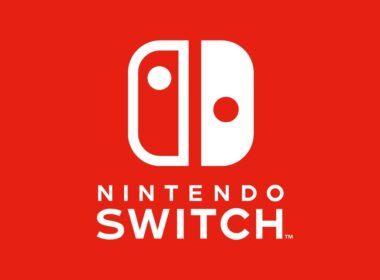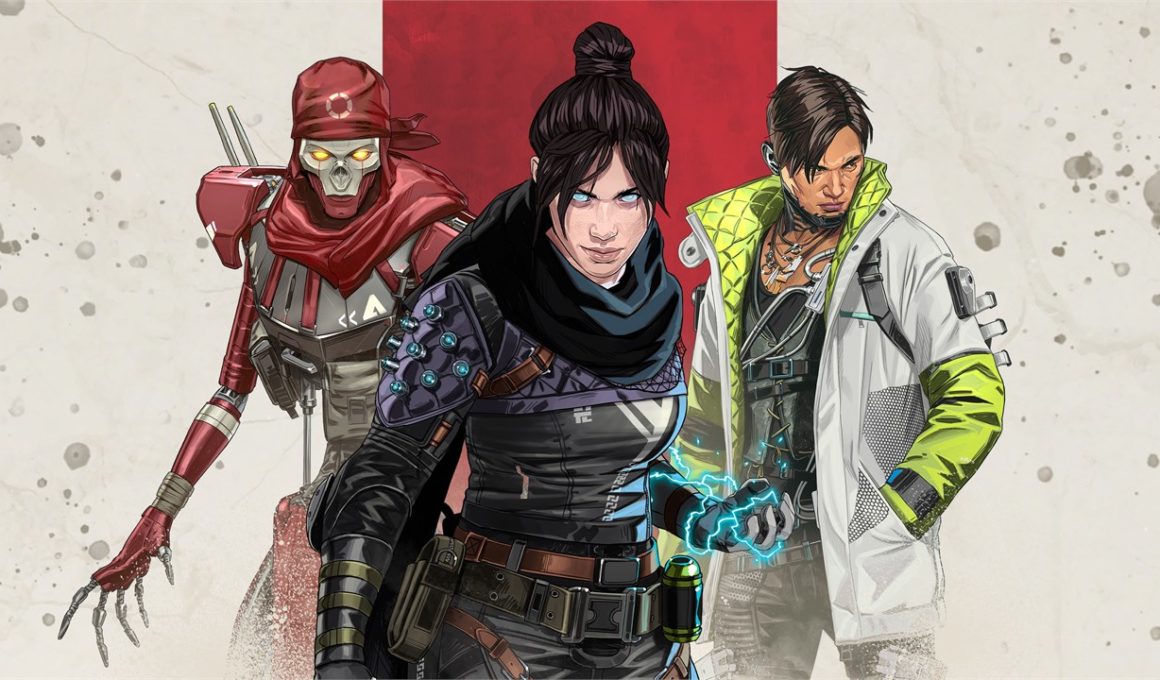I can accept compromise. Four years in, and it would be ludicrous to expect a high-profile game ported to Nintendo Switch to be able to contend with how it can perform on more power-hungry hardware. When Electronic Arts revealed that Apex Legends was coming to the portable home console, I was fleetingly excited before becoming overwhelmingly sceptical. However, in Panic Button we trust.
For me, Respawn Entertainment’s squad-based take on the increasingly competitive battle royale genre still remains among the best to be experienced at the moment. After learning the basics of how to play from the short-lived but worthwhile Tutorial, you can throw yourself into Duos or Trios which act as the game’s core modes. Dropping into the action in 60-player matches, you’re placed in either 30 two-man squads or 20 squads of three based on your choice as you look to secure high-quality gear, dominate the arena, fend off your competition and become the last squad standing to be crowned Champion.
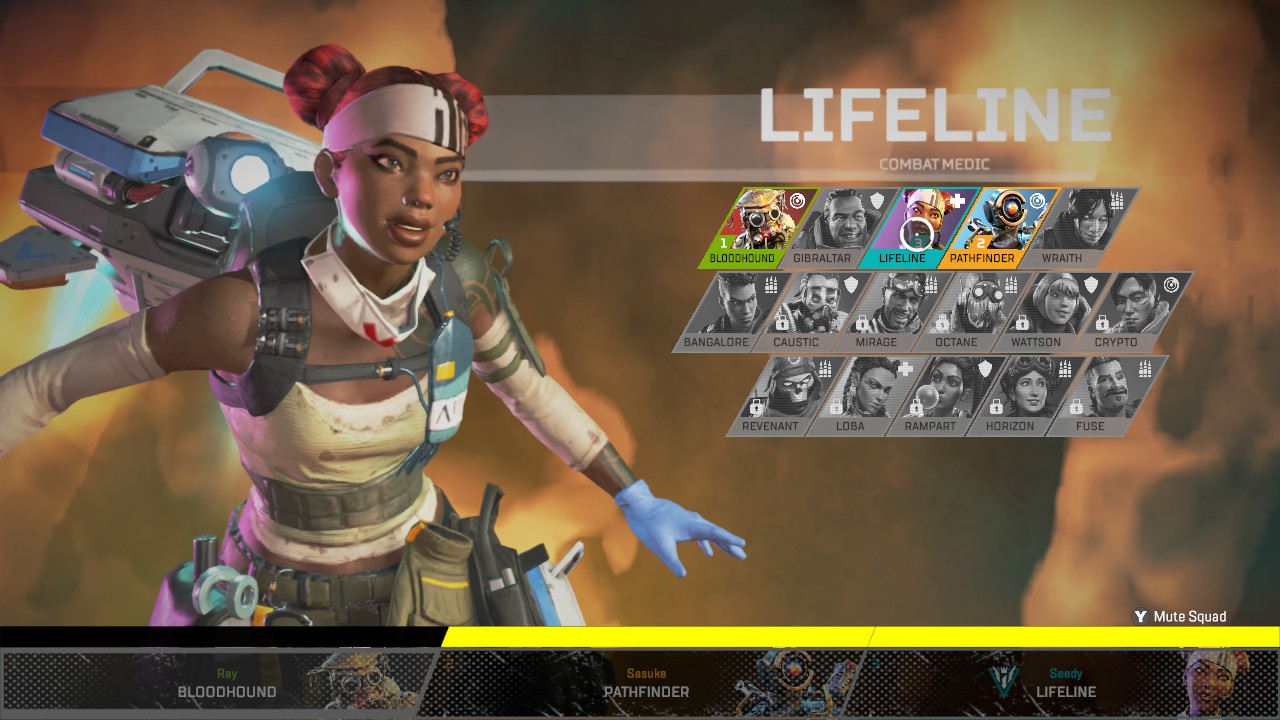
Despite inevitable parallels to be drawn to the likes of Fortnite and PlayerUnknown’s Battlegrounds, with Apex Legends the developer had sought to provide “the next evolution of battle royale” and successfully delivered a more than differentiated experience that has allowed it to become its own champion of the arena. That can come from the unique skills and strategic approaches that each of the Legend characters you can play as, the tense gunfights as you battle to gain the upper hand and rescue your downed teammates or even the thrill of giving chase to a rival team that you spot in the distance.
Sadly, that experience has not been convincingly carried across to Nintendo Switch. Even before we get to the game’s performance, an immediate issue that I faced was that cross-progression is not supported. While that technical challenge is admittedly being explored, it means that the time and money that I have invested into Apex Legends on other platforms is inaccessible for an indefinite period. I can live without the cosmetics and emotes that I have unlocked seeing as they have no impact on the gameplay experience, but it has left me in a position where I feel forced to re-purchase the new Legends that are introduced with each season to diversify my character selection. Resisting doing so because it’s morally wrong, I know that I will ultimately gravitate away from playing on Nintendo Switch knowing that more variety awaits me elsewhere. I can’t be alone in feeling that way.
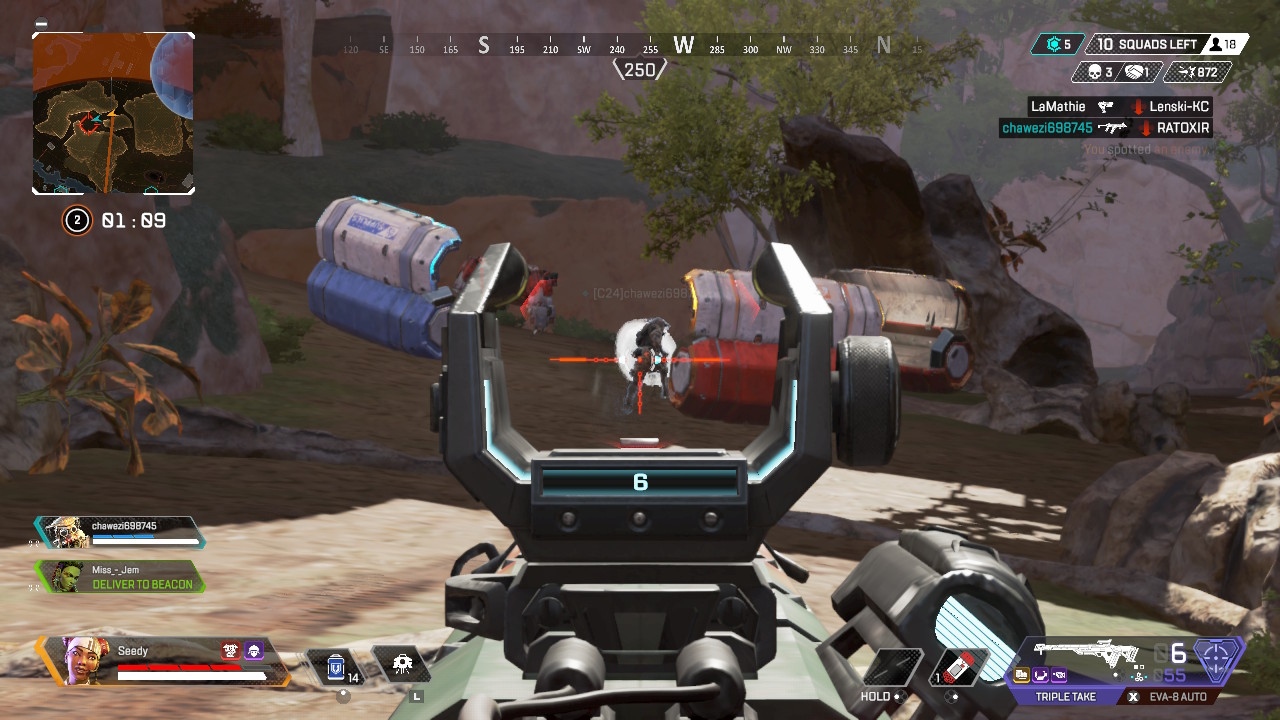
There is support for cross-platform play, however. Although, as commendable as that achievement is, it starts to present its own problems. Apex Legends is the first game built with the Source engine to come to Nintendo Switch, which is presumably a midpoint before the free-to-play game eventually reaches mobile. The engine treads an unproven testing ground on the portable home console, but Electronic Arts smartly chose to draw on Panic Button’s expertise – the studio responsible for porting over the likes of DOOM (2016), Wolfenstein II: The New Colossus, Warframe and DOOM Eternal. There will be mixed opinion on whether the sacrifices that they have had to make are worthwhile, though.
Such sacrifices are immediately noticeable, the developer tinkering away to optimise the game’s performance necessitating a reduction in graphical fidelity that still sees the experience troubled by an inconsistent frame rate. Enduring such a compromised vision would be understandable if you were competing against those suffering from the same handicaps, but cross-platform play means that you’re left at a competitive disadvantage when confronted with those that dropped into the fight on more powerful machines. They can more easily spot you in the distance or outmanoeuvre you in combat thanks to the fluidity of their actions. I must say that I have managed to secure victory in cross-platform games with random players that I have been matched with and had at least felt like I worthily contributed to that success, but these are concerns that are hard to shake.
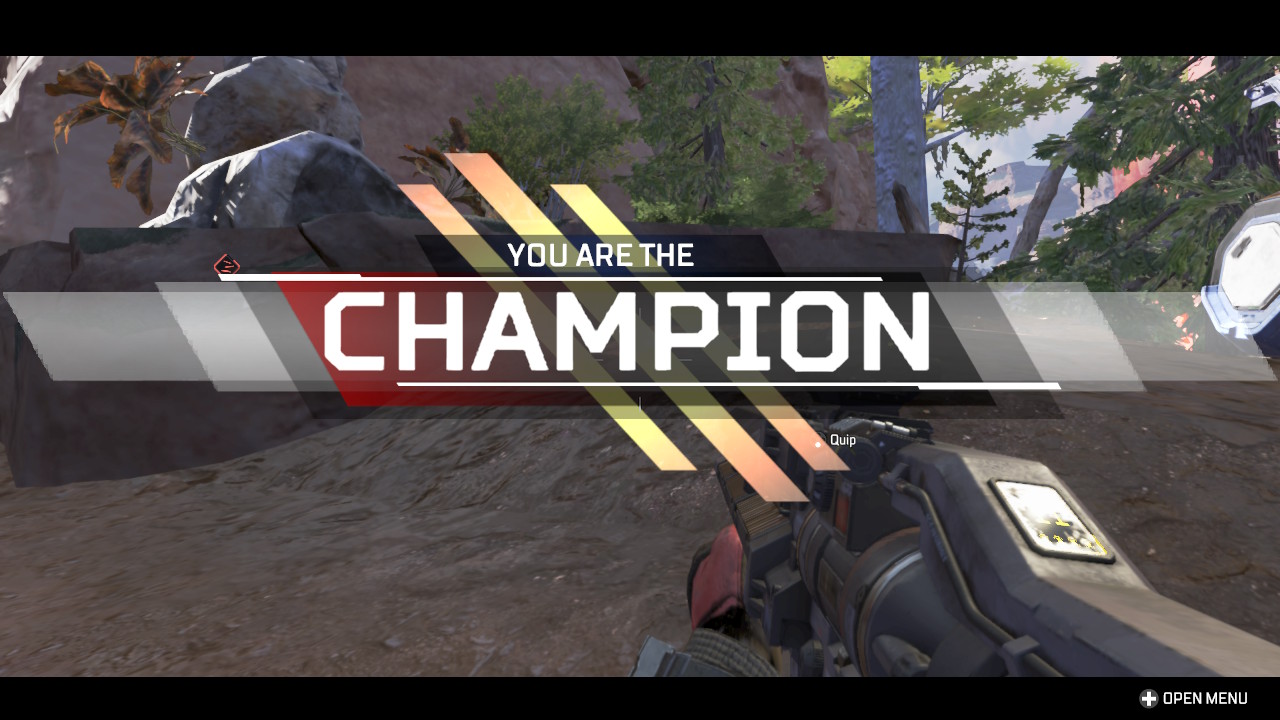
One solution is that you can choose to disable cross-platform play in the Settings menu, even if the game warns that you may see increased times in matchmaking queues (which can certainly take an incredibly long while). This does at least put you on an even playing field, faced with only having to eliminate others that are choosing to play on Nintendo Switch. It may even give you more of a chance to experiment with competing using the gyroscopic motion controls, which, for whatever reason, are enabled by default from the get-go. The HD Rumble is brilliant in places, too. As Epic Games chose to do with Fortnite, maybe the answer lies further down the road in limiting the default matchmaking pool to Nintendo Switch, iOS and Android owners, but allowing players the freedom to group up with friends on other platforms whenever they wish.
I have no doubt that this port is the best that Apex Legends could be on Nintendo Switch, with Panic Button once again working their magic to optimise the full-featured gameplay experience as well as they could given the scrappy console’s limitations. The port is as undeniably remarkable as it is divisive from a technical standpoint and its competitive heart remains, but the resulting outcome from that concerted effort is an option best left to those who are unable to leap into the action to become a Champion elsewhere.
Version Tested: Nintendo Switch


